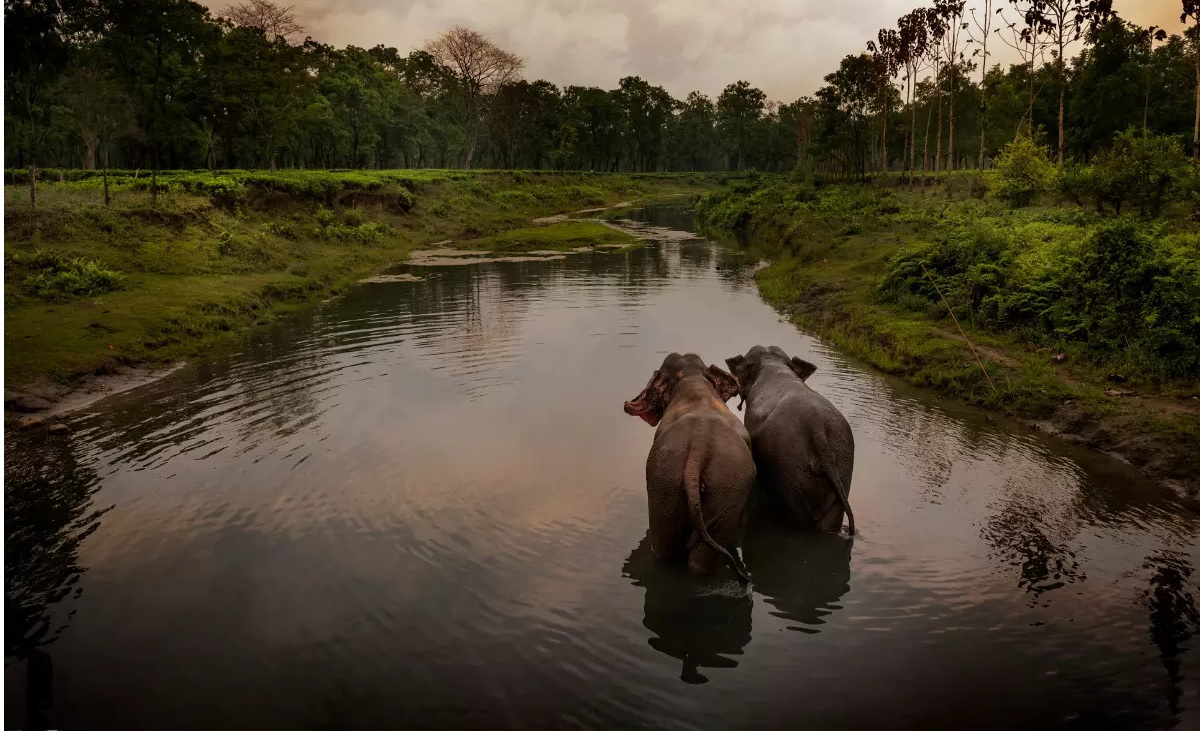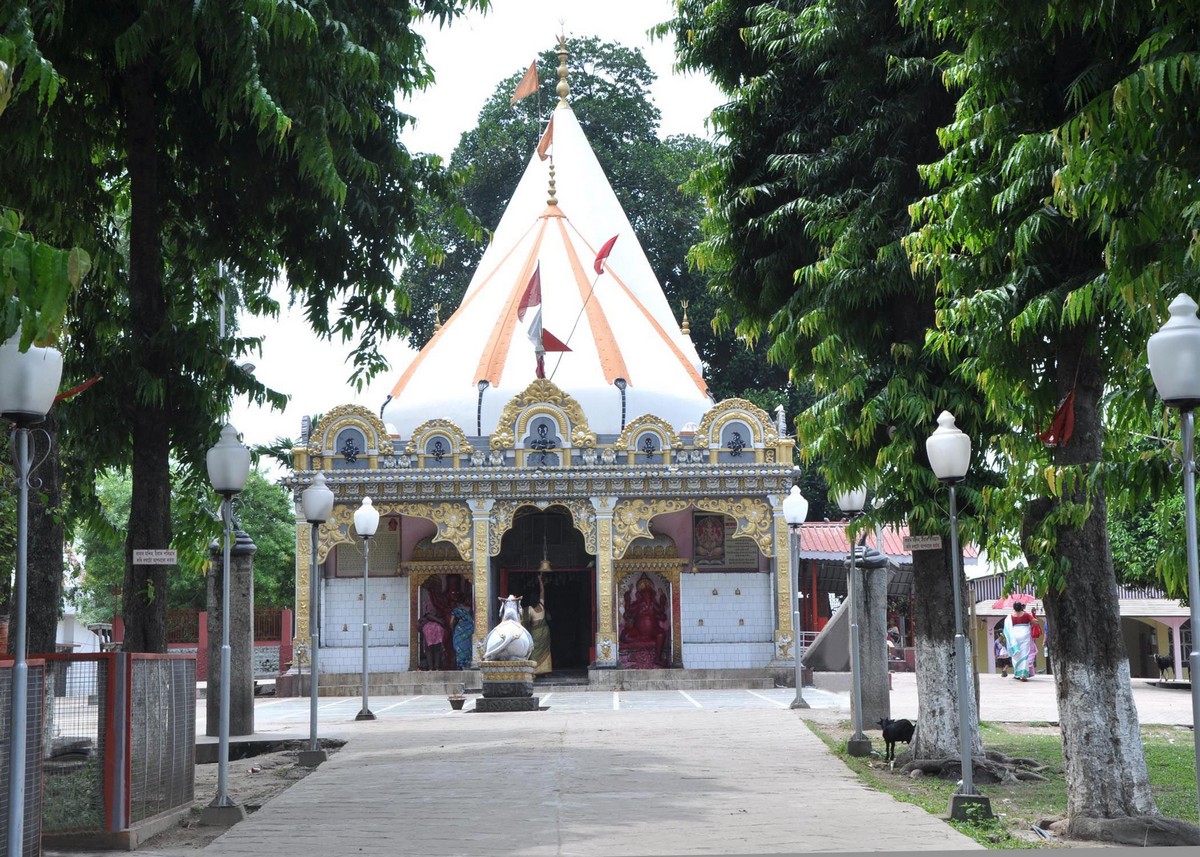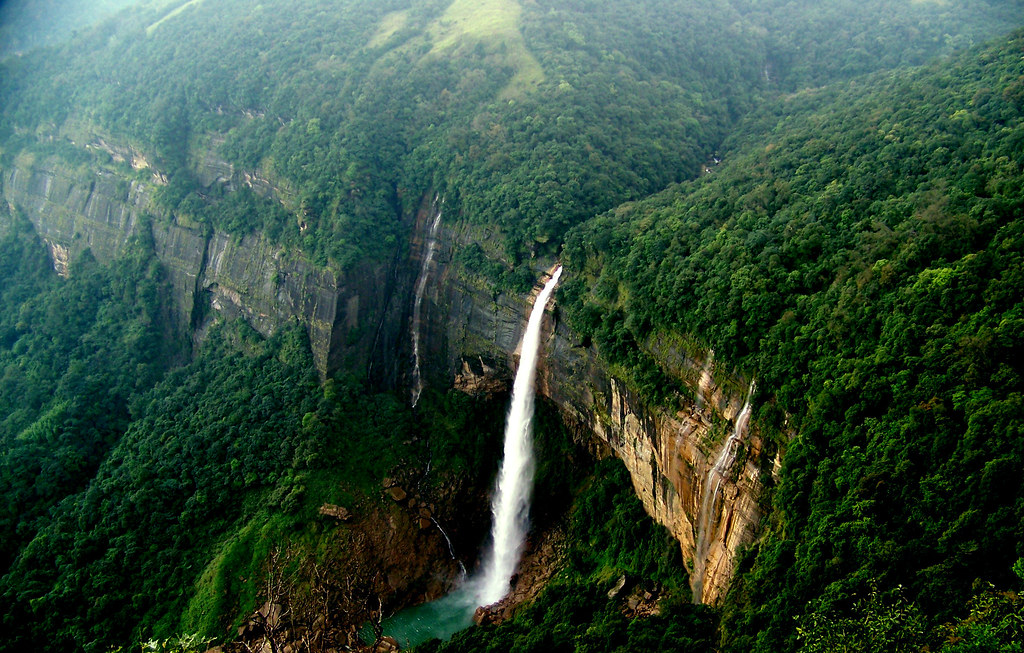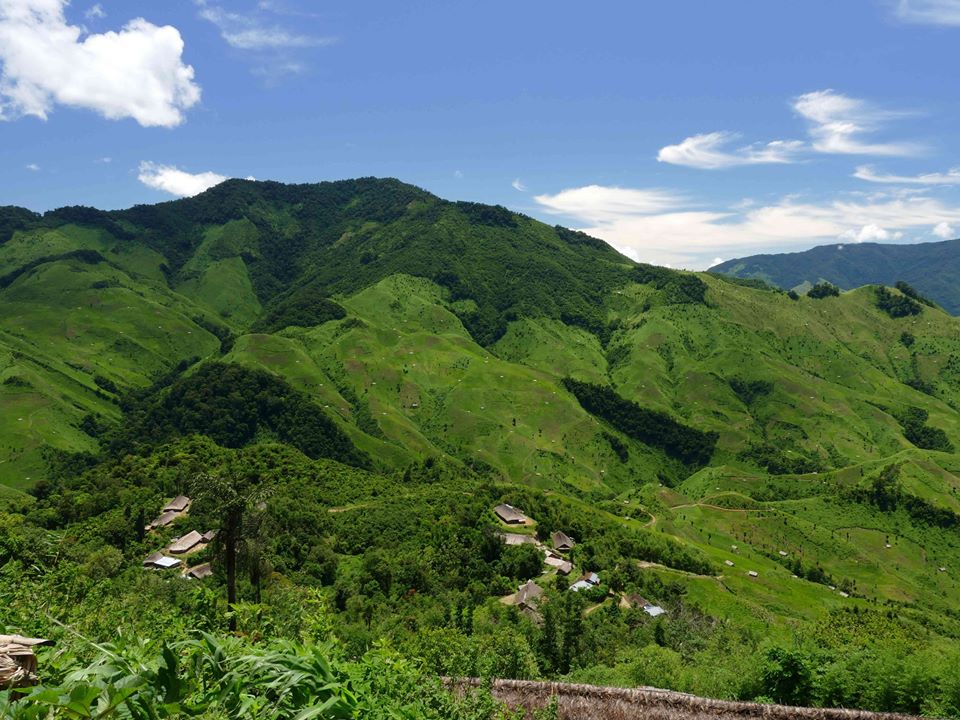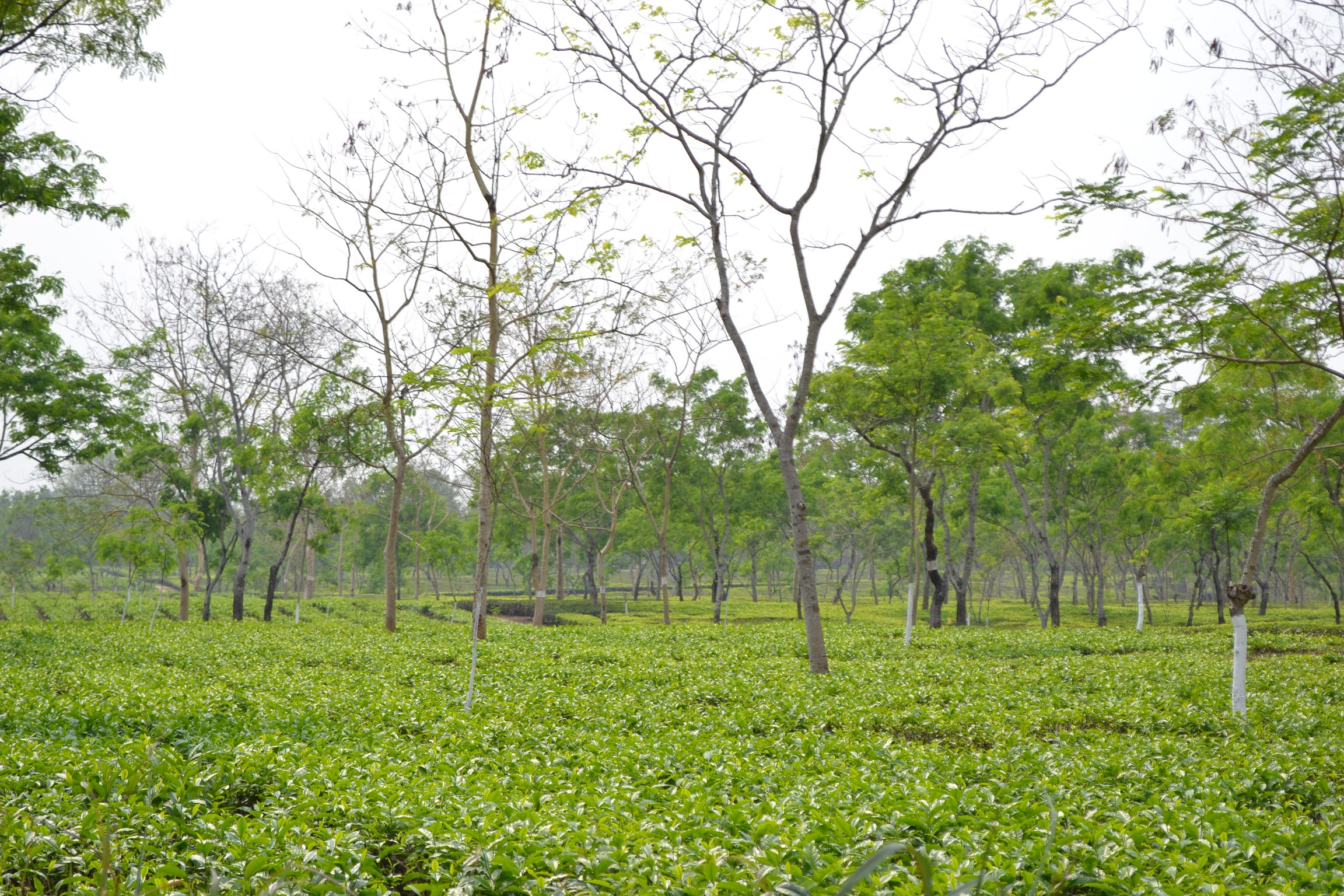About Manas National Park Assam
Location
Best Time to Visit
How to Reach
Things to do
Embark on thrilling safari adventures to spot the majestic Bengal tiger, one-horned rhinoceros, wild elephants, and an array of avian species. Take a tranquil boat ride along the Manas River, which borders the park, offering a serene experience amidst lush greenery. Explore the vibrant flora within the park, including rare orchids and medicinal plants. Immerse yourself in the rich indigenous culture by visiting the nearby Bodo villages, providing a unique blend of wildlife exploration and cultural immersion in this pristine sanctuary.
FAQs
Q: What makes Manas National Park a UNESCO World Heritage Site?
A: Manas National Park is recognized as a UNESCO World Heritage Site for its exceptional biodiversity, encompassing a unique mix of grasslands, forests, and wetlands that provide a habitat for endangered species such as the Bengal tiger, Indian rhinoceros, and Indian elephant.
Q: How can one reach Manas National Park?
A: The nearest airport to Manas National Park is Salonibari Airport in Tezpur, and the park is well-connected by road from Guwahati and other major towns in Assam.
Q: What wildlife species can be spotted in Manas National Park?
A: Manas is home to a diverse range of wildlife, including Bengal tigers, Indian rhinoceros, wild elephants, golden langurs, clouded leopards, and numerous bird species, making it a paradise for wildlife enthusiasts and photographers.
Q: Are there accommodation options within the national park?
A: Yes, Manas National Park offers various accommodation options, including government-run lodges and private eco-friendly resorts, providing visitors with a chance to stay amidst the natural beauty of the park.
Q: What is the best time to visit Manas National Park?
A: The ideal time to visit is from November to April when the weather is pleasant, and wildlife sightings are more frequent during this period.
Q: Can visitors take safari tours in Manas National Park?
A: Yes, safari tours are available in both the Eastern and Western Ranges of the park, offering opportunities to explore the diverse ecosystems and encounter the rich wildlife.
Q: Are there river cruises available near Manas National Park?
A: Yes, visitors can enjoy river cruises along the Manas River, providing a unique perspective of the park’s landscapes and an opportunity to spot wildlife along the riverbanks.
Q: What cultural experiences are available near Manas National Park?
A: Travelers can explore the rich Bodo culture by visiting nearby Bodo villages, witnessing traditional dance forms, and interacting with the local community to gain insights into their way of life.
Q: Are there any trekking opportunities in Manas National Park?
A: While traditional trekking is not permitted inside the park, guided nature walks are available around the periphery, allowing visitors to explore the surroundings and enjoy the biodiversity.
Q: How can one contribute to conservation efforts in Manas National Park?
A: Visitors can support conservation efforts by adhering to park rules, participating in eco-friendly tourism practices, and contributing to local conservation initiatives, helping to preserve the natural heritage of Manas.
ChatGPT can make mistakes. Conside

